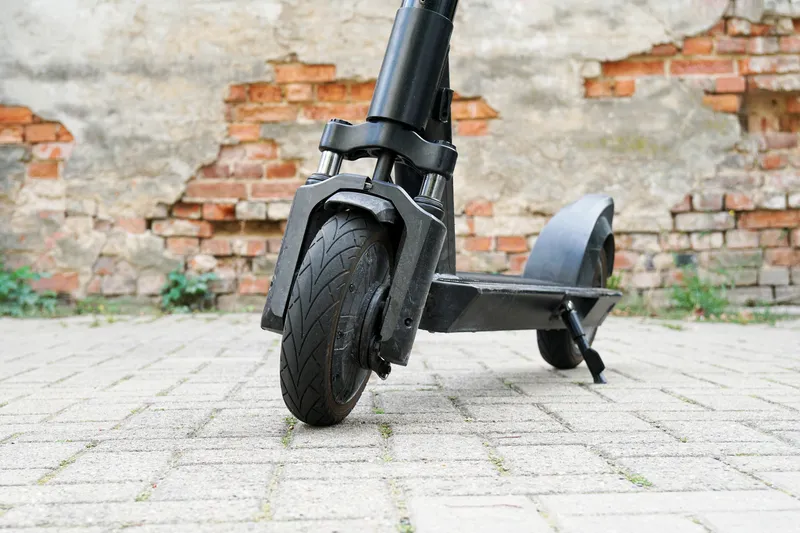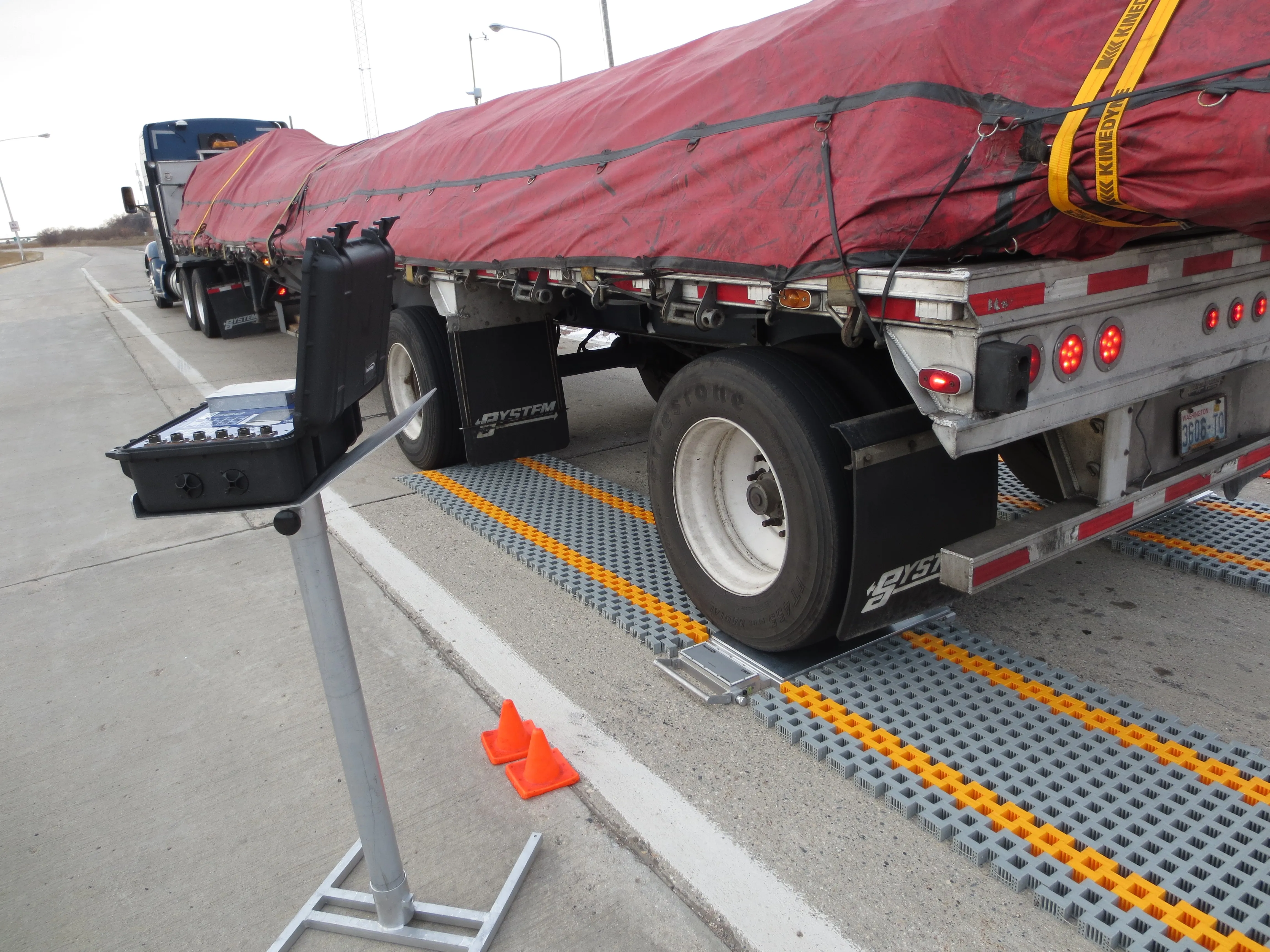
International Road Dynamics (IRD) has won a $2 million contract to supply a Weigh in Motion (WiM) sorting and electronic pre-clearance system in Hawaii.
IRD will deliver the system at Kapalama on the island of Oahu on behalf of the Hawaii Department of Transportation (HDoT).
IRD says the system will identify commercial vehicles that potentially violate weight restrictions or have tyre anomalies and sort them into compliant vehicles that may bypass the weight enforcement station or non-compliant vehicles that must report for inspection at the station.
The IRD-Pat Bending Plate WiM scales will provide vehicle weights when recorded at highway speeds. The system includes an overview camera, numberplate reader, container reader and a tyre anomaly and classification system (TACS).
According to IRD, TACS will screen commercial vehicles on both the main highway and on the inspection station ramp to identify unsafe tyre conditions.
IRD’s Intelligent Roadside Operations Computer will conduct the connection with state and federal databases for credential and safety screening. The computer provides additional information on vehicle credentials that will be displayed on workstations equipped with IRD’s vehicle display software.
As part of the deal, IRD will deploy its tyre screening system that identifies unsafe trucks that have missing or underinflated tyres and its container reader system so the HDoT can monitor container traffic entering the state.
IRD CEO Rish Malhotra says: “With this new system, HDoT will gain additional capabilities that will enhance road safety and provide the state with the ability to enforce regulations while enhancing mobility.
“The integration of both tyre screening and container reader systems into this unique project shows how transportation authorities with broad responsibilities for safety and mobility can secure additional value from their commercial vehicle facilities,” Malhotra continues.
“For IRD, it also opens the door to more opportunities to deliver systems to port authorities and agencies requiring similar functionality in their operations and we are proud to continue to drive our industry forward.”
TACS will screen commercial vehicles on both the main highway and on the inspection station ramp to identify unsafe tyre conditions








